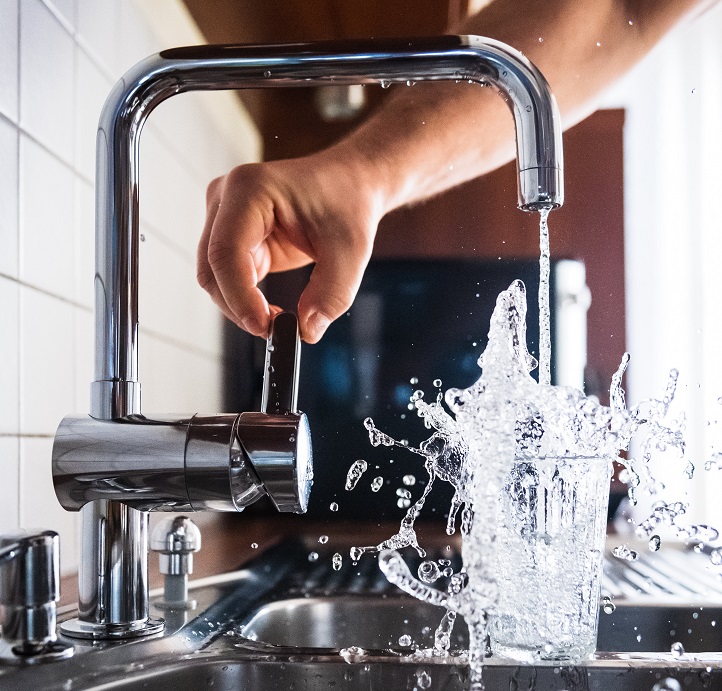
Freshwater Future Weekly July 16, 2021
THIS WEEK: EPA Employees Accuse Supervisors of Changing Scientific Reports to Downplay Chemical Risks + Action Needed: Comments on National Lead and Copper Rule + Maumee Dumps Unsanitary Sewer Water in the Maumee River + Research Suggests Grazing Relationship Between Zebra Mussels and Toxic Algae
EPA Employees Accuse Supervisors of Changing Scientific Reports to Downplay Chemical Risks
Employees of the Environmental Protection Agency (EPA) allege their superiors were changing reports, in one case increasing the amount that would be a safe dose of a substance by 10,000 times. Integrity of science and communication of scientific information is critical to keeping residents safe. While a spokesperson for EPA said the allegations are being investigated, one can’t help but wonder how such actions could be affecting the safety of our children.
Action Needed: Comments on National Lead and Copper Rule
The federal administration is seeking additional public comments on changes to the federal Lead and Copper Rule, which regulates lead in drinking water. The deadline for comments is July 30, 2021. We are asking that you take a few minutes and use the talking points on our website to craft and submit your individual comments by clicking here.
Maumee Dumps Unsanitary Sewer Water in the Maumee River
The city of Maumee, Ohio is permitted to dump up to 25 million gallons of sanitary sewer water into the Maumee river annually and notify the EPA every time. However, the city of Maumee has been estimated to be dumping as much as 150 million gallons annually of unsanitary sewage into the Maumee river without informing the EPA. The city’s mayor had recently been notified and sees this problem costing $100 million over a 30-year period, and those costs will be rolled into the residents’ water bill, increasing their rates beginning next month. Some analysts are projecting an increase of 60% or more. In addition to the pressure on residents’ water and sewer costs, dumping into the Maumee River was also adding to the toxic algal blooms occurring in Lake Erie.
Research Suggests Grazing Relationship Between Zebra Mussels and Toxic Algae
Microcystis, a cyanobacteria, produces the harmful toxin, Microcystin, which is associated with Harmful Algal Blooms in places like Lake Erie. Stephen Hamilton, a professor from Michigan State University, has been studying the zebra mussel’s relationship with the harmful algal blooms (HABS) for over ten years. Hamilton believes the zebra mussels selectively eat other algae, but not the cyanobacteria Microcystin, which can then grow aggressively because its competition has been removed.

Bay View, Michigan Scarrow Friday Forum Lecture Series – Freshwater Future’s Executive Director, Jill M. Ryan spoke to an attentive crowd of over 100 on July 9th. The lively discussion focused on Great Lakes water resource topics ranging from contaminants, water withdrawals, climate change and lake levels to Mackinac Straights Line 5.